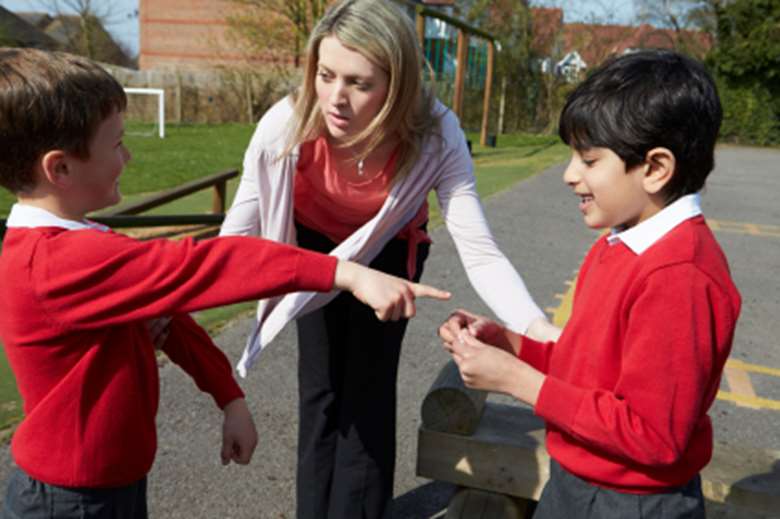Children as young as seven can show early signs of 'gang violence'
Tuesday, November 17, 2015
A new series of reports call for early intervention to be made a priority to prevent children as young as seven at risk of gang involvement and youth violence turning to crime.

Published by the Early Intervention Foundation (EIF), the reports – an analysis of existing evidence - reveal that early signs of gang and youth violence can be picked up by the age of seven, with those displaying troublesome and aggressive behaviour most likely to go on to commit youth offences.
Other risk factors include low achievement in primary school, hyperactivity and growing up in ‘troubled’ families with a history of family violence and long-term unemployment.
The first report, a review of risk and protective factors, was undertaken by Cordis Bright Consulting. The second report, put together by the EIF, looks at effective and ineffective interventions delivered in the UK.
The EIF says that getting the right support to these children at the earliest opportunity is critical to prevent their future involvement in gangs or violent youth crime, and frontline workers need to be able to spot early signs and make sure help is provided.
According to the report, school-based or family-focused programmes, such as parent training, family therapy and home visits, are most effective in steering children away from a life of crime. In comparison, mentoring programmes it claims are often implemented ‘poorly’ and do not work unless very carefully supervised and monitored.
The charity is now calling on the police, councils, youth services, schools and the voluntary sector to use the findings from its research to target ‘diminishing’ resources on providing early support to those children and young people most at risk.
Carey Oppenheim, chief executive of the Early Intervention Foundation, said, ‘Gang involvement and youth violence have devastating consequences for young people and their families. Once a young person becomes involved in gangs or other violent lifestyles, it is hard for them to break free.
‘They may disengage from education, commit serious crimes and face jail, witness or commit serious violence or tragically, suffer serious injury or even lose their lives.
‘It is vital that local areas use our research to spot these signals of risk and provide the right support at the earliest opportunity so they can pick up the signs and not the pieces. We know that these indicators of risk do not themselves predict gang membership or involvement in violence, but they do suggest increased odds of this happening.
‘This is an area where early intervention is so important and there are lots of programmes across the country designed to stop violent behaviour and gang involvement. With public spending expected to continue to fall over the next few years, it is critical that the police, councils, youth services, schools and communities spend money on the things that work and share information, identify risks and prioritise resources on targeting those children most in need.
‘This group is one of the most vulnerable in our society and need to be supported to build critical emotional and social skills, develop resilience and lead safe, healthy, law-abiding lives.’







